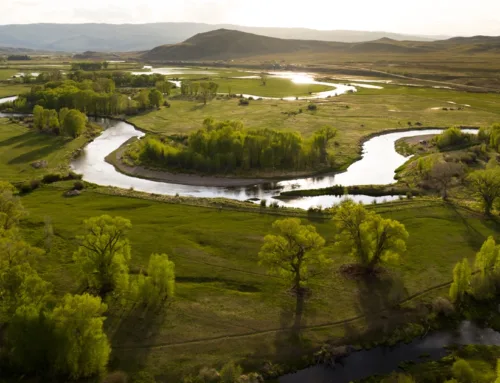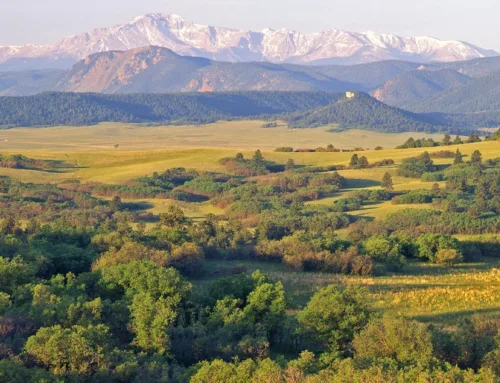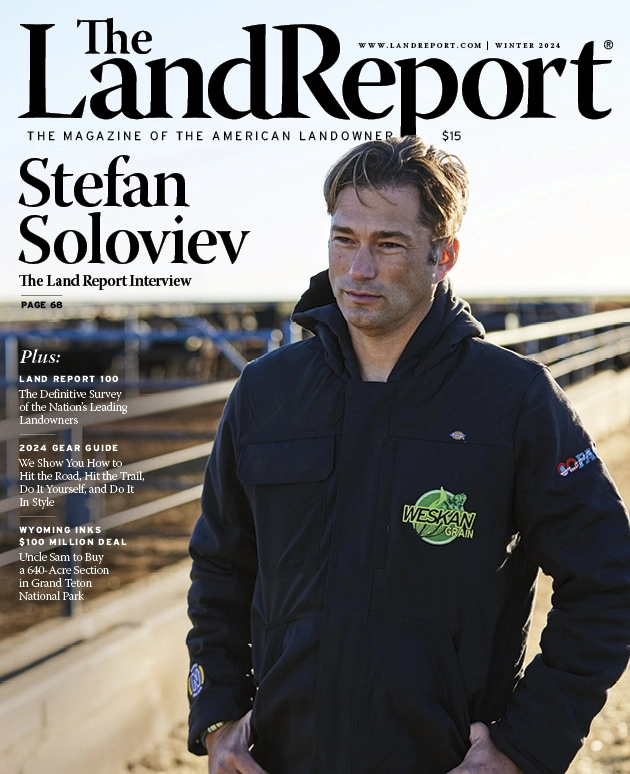Texas Vineyard Market Blooms
Texas Vineyard Market Blooms
By Drew Beard
Photography By Belton McMurrey
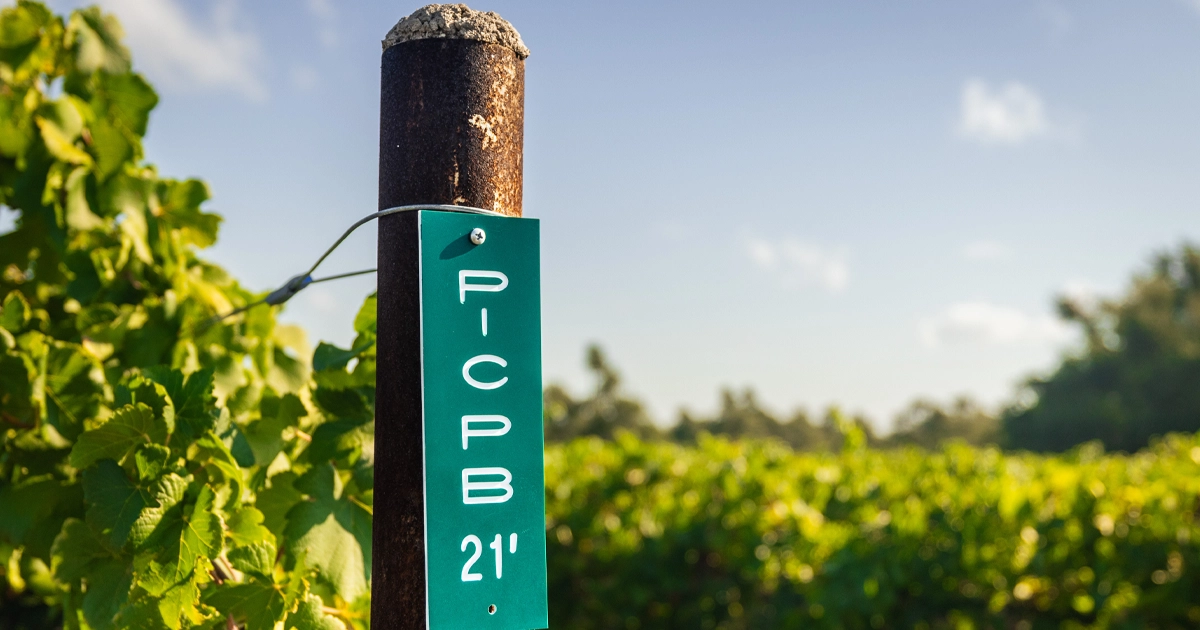
LR_Picpoul Blanc
THE NEXT BIG THING. A block of Picpoul Blanc — “stings the lip” in French — at Formando Vineyards in Fredericksburg.
Have you ever quaffed a Picpoul Blanc? Odds are you haven’t. That’s because most Texas wine drinkers — and this Virginia oenophile as well — are slaves of the Cabernet/Chardonnay industrial complex. We either bow down before the almighty Napa varietals or pledge our allegiance to their distinguished counterparts in Burgundy.
Picpoul Blanc? “It’s the next big thing,” John Rivenburgh assures me.
The San Antonio native owns Kerrville Hills Winery and is the current president of Texas Wine Growers. He also oversees The Rivenburgh Wine Incubator, whose clients seek to better understand sustainable farming and winemaking in the Lone Star State.
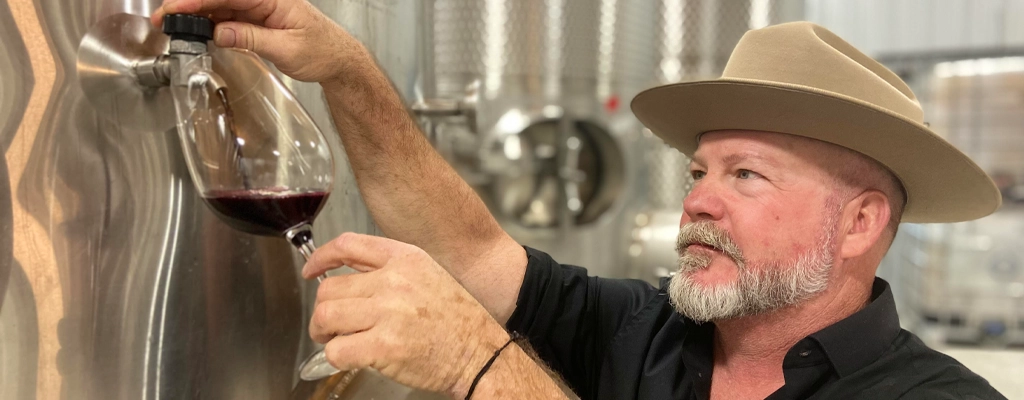
THE MAESTRO. John Rivenburgh wears many hats, including owner of Kerrville Hills Winery, driving force behind The Rivenburgh Wine Incubator, and president of Texas Wine Growers.
So why is Rivenburgh stoked about Picpoul Blanc? Because the tart French varietal thrives in Texas. The hot days and cool nights so common in the Hill Country and on the High Plains mirror the climate of Southwest France, the grape’s traditional home.
Long story short, Texas winemakers have finally stopped trying to play catch-up with vintners in California, the Barossa, and Tuscany. Instead, they’re listening to Texas vineyards themselves.
“We have so many growing climates all over the state that are so vastly different,” Rivenburgh says. “If it grows well and we don’t have to fight it or chase it, that’s what we’re leaning in to. We’re really starting to catch on with what works well.”
Texas Vineyards — Historic Overview
It’s a breakthrough that has been centuries in the making. Historically, Texas ranks as one of the oldest wine-growing regions in the nation. Unfortunately, this proud boast does not stand the test of time. Does anyone know where the original vineyards were located? Do remnants of the vines or the cellars exist? How about a musty bottle or a faded label? The answers are no, no, and no.
That said, in the mid-17th century, Franciscan missionaries actually did bring vines from Spain to Old Mexico and then to El Paso del Norte, the fertile valley once watered by the Rio Grande River. The purpose was to craft sacramental wine. No doubt they did. In the centuries that followed, a nascent winemaking industry took root, but Prohibition nipped it in the bud.
Decades would pass before any significant planting resumed. Much of that focus would center around Lubbock as well as farther south toward Fort Stockton and the Davis Mountains.
Current Status of Texas Wine Industry
Currently, Texas has eight approved AVAs (American Viticultural Areas), as well as three proposed AVAs. (An AVA is a distinct wine-growing region recognized by the Treasury Department.) These AVAs range in size from hundreds of acres to millions of acres. According to Texas Wine Growers, the two largest are the Texas High Plains AVA (8 million acres) and the Texas Hill Country AVA (9 million acres).
Currently, there are an estimated 9,000 acres under vine statewide, with the majority of vineyards in those two AVAs. According to Rivenburgh, the actual acreage is closer to 12,000. “People are really starting to put money into the ground now. You’re seeing investment in Texas vineyards and vineyard development that we’ve never seen before,” he says.
This investment has led to the planting of thousands of acres of Texas vineyards, a category that appraisers once ignored. It has also helped to grow land values, especially in the Hill Country.
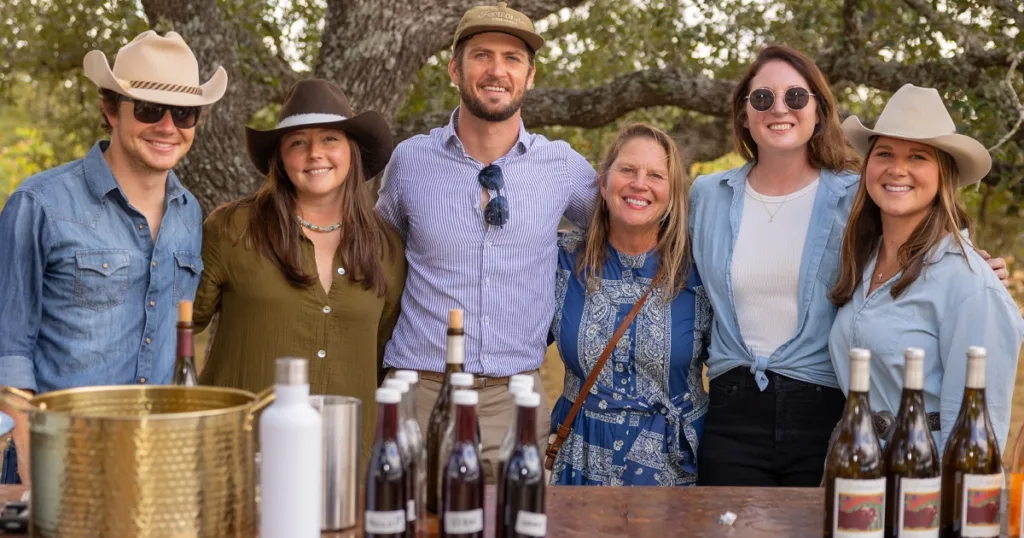
FAMILY AFFAIR. Belton McMurrey, Isabel Rosser, Henry Kley Johnson, Ceci McBride, Haylee Oliver, and Estella McMurrey at Formando Vineyards in Willow City outside Fredericksburg.
Ceci McBride and her family had lived in the Hill Country for decades when she and her nephew Henry Kley Johnson decided to throw in together and plant a vineyard on 10 acres in 2019.
“We live on a ranch in Willow City, right outside of Fredericksburg. That’s what I originally wanted to do with the ranch when I bought it: plant a vineyard. But we didn’t do it for various reasons. As I look back, part of me wishes we had planted years ago. The Fredericksburg market has been going gangbusters for the last 12 years. On the other hand, when we planted in 2020, there were so many more varietals to choose from. It was a good move; well-timed,” she says.
The timing element refers to the increasing number of varietals being grafted to Texas rootstock. The current wine list at her family’s Formando Vineyards proves McBride’s point: Albariño, Grenache Rosé, Mourvedre, Roussanne, Vino Divina, and, of course, “the next big thing” — Picpoul Blanc.
“That variety is what has opened up the Hill Country to so many different possibilities for winemakers,” McBride says. She notes that Formando’s current plantings also include Aglianico, Negroamaro, and Sangiovese.
“Texas winemakers have finally recognized that Rhone varietals and Southern European varietals, particularly those from Spain and Italy, are a good fit for our climate and for our customers,” she says.
Rivenburgh concurs. “About 15 years ago, the focus of Texas winemakers began shifting from hospitality and the tourist trade to winemaking and really producing a quality product,” he says.
Exponential Growth Among the Vines
The results are telling. According to researchers at Texas A&M University, only 40 licensed wineries existed statewide in 2000. Two decades later, that number had grown almost 15 times to nearly 600. If anything, the pace has only picked up. “We’ve got approximately 940 wineries in the state today,” says Rivenburgh.
Thanks to this exponential growth, Texas now ranks fifth in the nation for wine production — as much as 4 million gallons annually. Remember, it wasn’t too long ago that making wine in Texas was like being in the Wild West. “No support, no industry, no suppliers wanted to talk to anyone from Texas,” Rivenburgh says.
Yet if you consider the explosion in vineyard development over the past two decades, Texas’s production numbers start to make sense.
The result? “In a two-decade time span, we’ve gone from mom-and-pop operations to a minimum $5 million start-up investment,” Rivenburgh says.
A few Texas wines led the way. But the game changer was when a broad swath of Texas winemakers developed the expertise and the infrastructure to create a higher-quality product across the board. Now that they have, the smart money has entered the picture.
$90,000 Per Acre for Top Texas Vineyards
“The industry has developed a proven concept, so now you’re starting to see people with real wealth get into winemaking just like what happened in the 1980s in California. You’re seeing things here similar to Napa, where second-career winemakers with money are investing in land to get into the industry,” Rivenburgh says.
This is especially the case in the Texas Hill Country AVA, the longtime home of some of the most award-winning vineyards in the state, including Becker Vineyards, Fall Creek Vineyards, and William Chris Vineyards. The 100 wineries in this high-profile AVA encompass only 1,000 acres of planted vines. Consequently, land values for grape ground featuring the top varietals have skyrocketed.
“There are pockets of the Hill Country that are going for $90,000 an acre,” Rivenburgh says. “If we took an average price per acre, I’d put it at $35,000 to $40,000. And the closer you get to Fredericksburg, the core of Hill Country, the more you’re going to be approaching the higher end.”
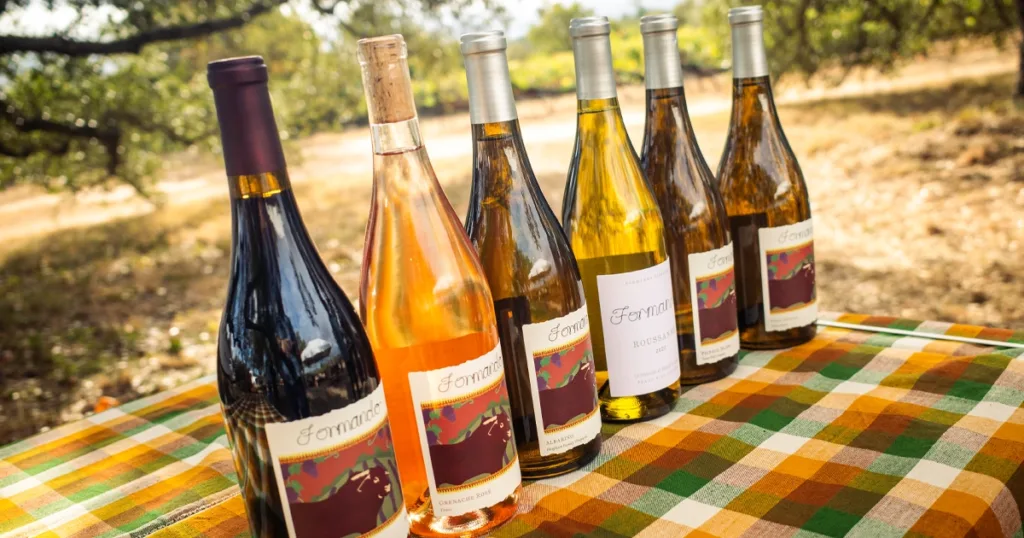
EXPANDING PORTFOLIO. An increasing number of savvy vintners, including Formando Vineyards, have planted Rhone varietals and Southern European varietals that are ideally suited to Texas terroirs.


